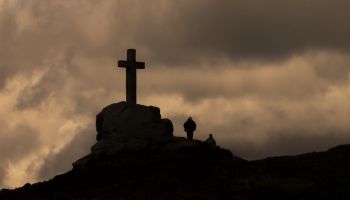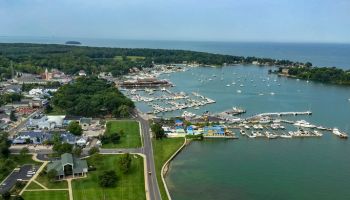If you’re black, you probably have heard the joke about how crowds of us draw heat; about how too many of us in one space can cause enough swelter to induce suffocation.
That’s still self-deprecating silliness.
But this recent heat wave – one that scientists say offer a glimpse of what global warming might look like – reminded me that while black people’s capacity to generate heat is laughable, climate change is not.
What’s also serious is the fact that scores of black people are living in communities that are particularly vulnerable to climate change; to the heat that hits asphalt-filled inner-cities especially hard, to the asthma that kicks in when greenhouse gases kick up ozone levels, and to the heat-related illnesses that many black people will suffer because they can’t afford to keep the air conditioning on too long – if they have air conditioning at all.
According to the National Oceanic and Atmospheric Administration, this past winter was the fourth warmest on record in the United States. Spring was the warmest since 1895.
This is likely being caused by increasing levels of carbon dioxide in the atmosphere.
And the effects of climate change, like many other things, are bound to be white people’s cold and black people’s pneumonia.
According to a report released in May by the Joint Centers for Political and Economic Studies, one in which researchers at the Texas Health Institute studied communities of color in Arkansas, Louisiana, Texas, Oklahoma, Arizona and New Mexico, more and more evidence suggests that people living in such communities may be particularly vulnerable to the effects of hurricanes, droughts and oppressive heat.
CLICK HERE to read story
article courtesy of BlackAmericaWeb.com















